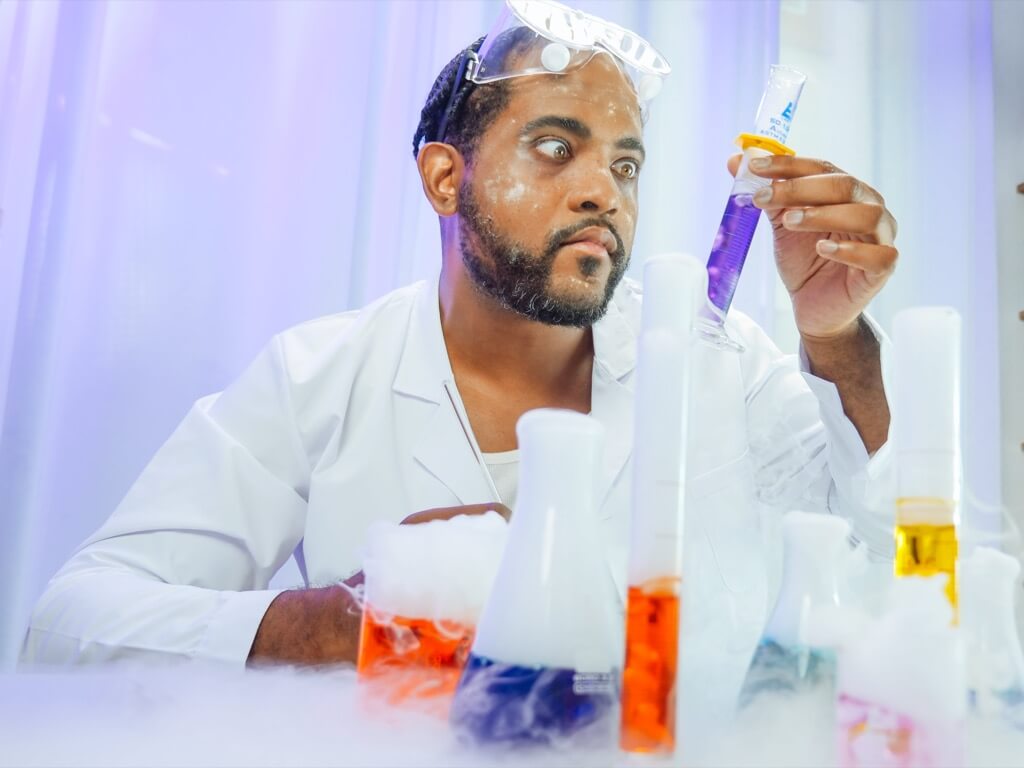- A Global Filming Guide: Do’s, Don’ts, and Must-Knows - February 14, 2024
- Low-Income Americans’ Surprising Spending Habit - December 4, 2023
- France’s Startling Act of Aggression - December 1, 2023
Once upon a time in the lively city of Philadelphia, a young accountant named Walter Diemer, working at the struggling Fleer Corporation, stumbled upon a sticky yet sweet invention that would pop its way into history – bubble gum. In 1928, amid ledgers and figures, Diemer’s curiosity and experimentation led him to create something that neither he nor the world had ever seen before: a chewy delight that could be stretched and blown into spectacular, iridescent bubbles.
A Flavor Wrapped in Mystery
Bubble gum, with its whimsically ambiguous flavor and bright pink hue, became an instant hit, especially with characters like Violet Beauregarde and countless others who found joy in its stretchy, sweet embrace. The intriguing part? Diemer took the secret of the bubble gum flavor to his grave, leaving us all to ponder its mysterious taste.
Fleer’s Financial Fiasco and a Gum Solution
In the backdrop of this chewy tale was the Fleer Corporation, a company famous for sweets and baseball cards, teetering on the brink of financial ruin. Enter Gilbert Mustin, the then-president, who had a lightbulb moment: why not make our own gum base to cut costs? The stage was set for something extraordinary.
Mustin and Diemer: An Unlikely Duo
Mustin’s genius was often interrupted by the demands of a lone telephone on the first floor, leaving his experiments in the hands of the keen, observant Diemer. This accidental apprenticeship was the catalyst for Diemer’s bubble gum adventure.
The ‘Accidental’ Invention
Diemer often described his invention as a serendipitous accident. However, it was his determined tinkering with various flavors and formulas that eventually led to the creation of bubble gum. His journey wasn’t one of sudden luck but rather of persistent experimentation.
From Blibber-Blubber to Bubble Gum
The precursor to Diemer’s success was Fleer’s own Blibber-Blubber, a gum that could be blown into bubbles but had the unfortunate tendency to stick to everything it touched. Diemer’s breakthrough came when he improved upon this early prototype, enhancing its elasticity and reducing its stickiness.
The Secret Recipe and Its Evolution
Diemer’s bubble gum was a masterful blend of ingredients, including a mysterious amount of latex, which gave it the perfect stretchiness. Yet, the journey to perfection was fraught with challenges, such as the gum’s short shelf life. Diemer’s relentless pursuit of the ideal formula was a true testament to his dedication.
The Pink Phenomenon
The iconic pink color of bubble gum was a happy coincidence, born from the only dye available at the time. Little did Diemer know that his preference for pink would set the standard for bubble gum’s appearance for generations to come.
Double Bubble: The Gum That Saved Fleer
With the invention of Double Bubble, Fleer’s fortunes turned. The gum was an instant sensation, selling out rapidly and breathing new life into the company. Diemer’s creation, packaged in a manner reminiscent of taffy, captured the hearts and taste buds of the public.
Walter Diemer: From Accountant to Bubble Gum Hero
Recognizing Diemer’s ingenuity, Fleer transformed his career from an accountant to a sales executive, a role in which he excelled by teaching salesmen the art of bubble blowing. Diemer’s journey from crunching numbers to creating a cultural icon is a tale as delightful as the bubbles his invention produced.
Interesting Facts
Experimental Ingredients: Early bubble gum formulations experimented with a variety of ingredients, including chicle, a natural latex sourced from the sapodilla tree. Chicle was once a popular base for chewing gum before being largely replaced by synthetic materials.
Flavor Evolution: Initially, bubble gum flavors were limited and primarily focused on a generic “sweet” taste. Over the years, the range of flavors has expanded tremendously, including everything from traditional fruit flavors to more exotic varieties like cinnamon, mint, and even savory flavors.
Patent Challenges: Walter Diemer never patented his invention of bubble gum. This lack of patent protection allowed for rapid and widespread imitation and innovation within the industry, leading to a diverse market of bubble gum products.
Cultural Impact during WWII: During World War II, American soldiers distributed bubble gum to people in Europe, Asia, and other regions, which helped spread its popularity globally. This not only made bubble gum a symbol of American culture but also fostered goodwill during difficult times.
Marketing Innovations: The marketing of bubble gum has seen creative approaches, including the inclusion of bubble gum in baseball card packs in the 1950s. This strategy helped boost the popularity of both bubble gum and baseball cards among the youth.
Scientific Applications: Research into bubble gum has contributed to scientific understanding in unexpected ways. For instance, the study of bubble formation and bursting has informed fields like fluid dynamics and material science.
Health and Dental Implications: Contrary to common belief, early studies suggested that chewing gum, including bubble gum, could have dental benefits, such as stimulating saliva production which helps in preventing tooth decay. However, the high sugar content in traditional bubble gum can negate these benefits.
Environmental Concerns and Innovations: The shift from natural gum bases to synthetic polymers raised environmental concerns due to non-biodegradability. Recent innovations aim to create more environmentally friendly gum bases that are easier to remove from surfaces and are biodegradable.
Record-Breaking Bubbles: The art of bubble blowing has led to various competitions and record-setting attempts. The Guinness World Record for the largest bubble gum bubble blown without the use of hands stands at an impressive 50.8 cm (20 inches) in diameter.
Bubble Gum in Space: Bubble gum has even made its way into space. Astronauts have been known to take bubble gum aboard space missions, providing a unique challenge and amusement in a zero-gravity environment.
A Legacy of Bubbles and Joy
Walter Diemer’s bubble gum remains a symbol of joy, childhood, and innovation. From its accidental origins to its rise as a cultural phenomenon, the story of bubble gum is a vibrant chapter in the annals of confectionery history. It’s a tale of an accountant’s curiosity, a struggling company’s gamble, and a pink, chewy creation that brought smiles to faces worldwide.

